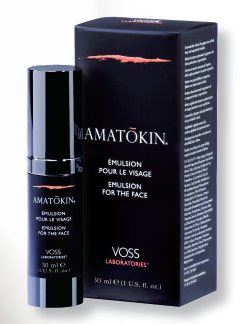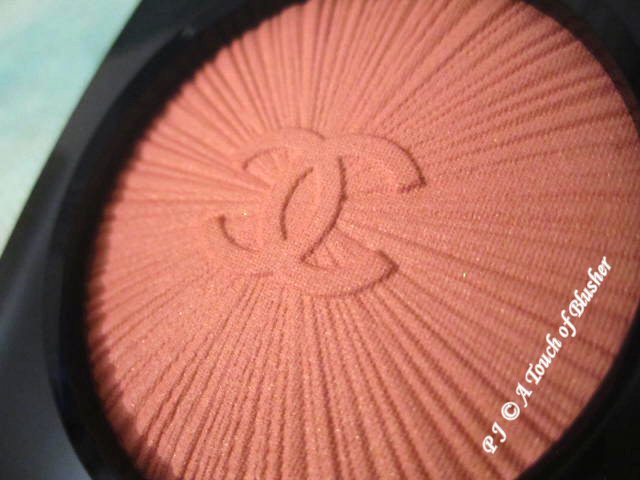Amatokin has managed to create global hype. It claims to “activate the potential of our inherent, adult stem-cell reservoirs in skin to help rejuvenate the skin”. When it was launched in the UK earlier this year (only in one department store, Harvey Nichols London), it was sold out and there used to be a waiting list. When I was offered to review this product, I was intrigued.
The supposed key ingredient in Amatokin is polypeptide 153, which is a synthetic peptide and is the only ingredient in this product that has any remote potential to work at a cellular level. (Most of the other ingredients are emollients, PH balancers, and preservatives. The product is fragrance-free.)
The peptide entry on Paula Begoun’s Ingredient Dictionary is a must-read. It gives a definition of what peptides are as well as their potential and limitation in skincare products. (In summary, peptide is a chain of amino acids, which constitute proteins. The problem with peptides in skincare products is that they are hydrophilic (water-loving) and are unstable.)
Under cell-communicating ingredients, peptides are listed as “possible” cell-communicating ingredients (reflected by the extremely early stage of research in this area). Theoretically, a synthetic peptide with a fatty acid attached might help the peptide perform at the right level in the skin. But much more research is needed on this.
Simply as a moisturizer, Amatokin is a fair one. It doesn’t irritate my skin but I would like something more moisturizing. It leaves my skin smooth, thanks to the abundant silica. It is possible that this product can temporarily reduce the appearance of mild wrinkles. But so can foundation primers.
Overall, Amatokin is a satisfactory, but not outstanding, moisturizer that has an ingredient that, with some further improvement of the internal structure, might have potential to be a cell-communicating ingredient.
Other ingredients, like niacinamide (a vitamin B3 comlex) and retinol (vitamin A) (Amatokin has neither), among others, have been shown to perform more effectively at a cellular level (with the right amount and in the right formulation). So, I can’t see the reason for paying 173 USD in the US (and 137 pounds (about 274 USD) in the UK) for this. Several products from Olay have niacinamide while many more (from other brands) include retinol. Chances are that these products will have more potential in improving the condition of your skin.
Related posts:
The Best 10 Minutes You Could Ever Spend
(…to help yourself choose the best moisturizer)
Olay Multi-Radiance Daily Illuminating UV Fluid SPF 15
(This budget-friendly goodie has niacinamide.)
(I would like to thank one of my very best friends, Grace, who is currently conducting research in genetic science, for making sure that I have sufficient basic background information and knowledge for this review.)




{ 0 comments… add one now }